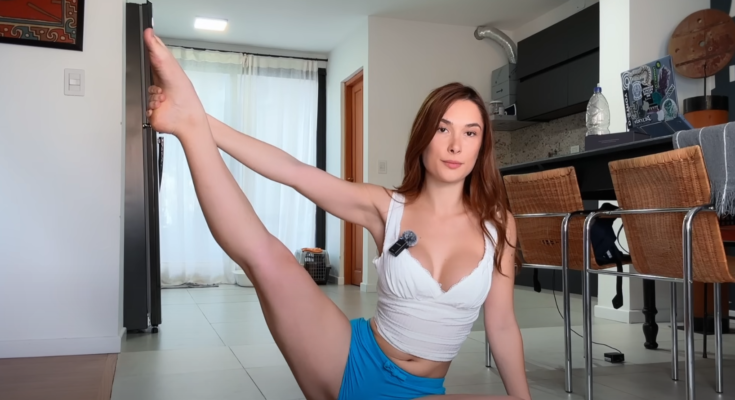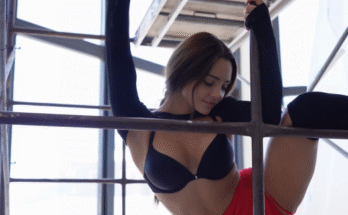Lower back arch flexibility is a crucial aspect of spinal health, mobility, and overall well-being. It plays a significant role in daily movements, athletic performance, and yoga practice. Many people experience stiffness or discomfort in the lower back due to prolonged sitting, poor posture, or lack of movement. A dedicated yoga flow can help improve lower back arch flexibility, release tension, and enhance spinal mobility. This article explores the benefits of lower back flexibility, the best yoga poses to improve it, and a comprehensive yoga flow designed to cultivate strength and suppleness in this region.
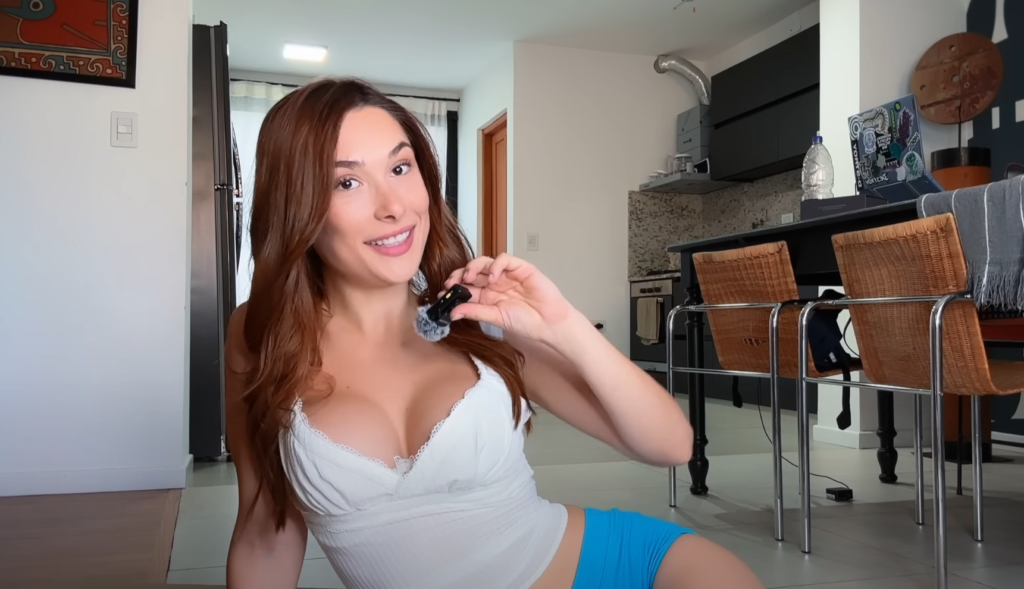
The Importance of Lower Back Flexibility
Lower back flexibility is essential for various reasons:
- Enhanced Mobility: A flexible lower back allows for a greater range of motion in daily activities, such as bending, twisting, and lifting.
- Reduced Risk of Injury: Tight lower back muscles can lead to strain and pain, increasing the likelihood of injuries, especially during physical activities.
- Improved Posture: A flexible and strong lower back helps maintain a healthy spinal alignment, preventing poor posture-related issues.
- Pain Relief: Regular stretching and movement can alleviate lower back pain caused by tight muscles, stress, or sedentary habits.
- Better Performance in Yoga and Fitness: A limber lower back improves the execution of yoga poses, dance movements, and various sports activities.
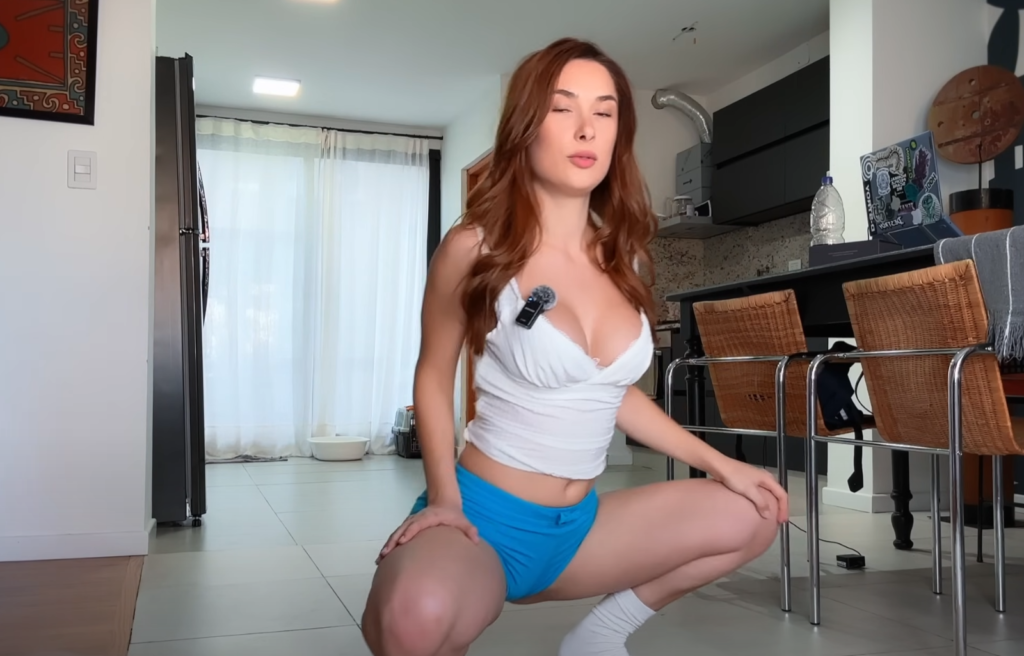
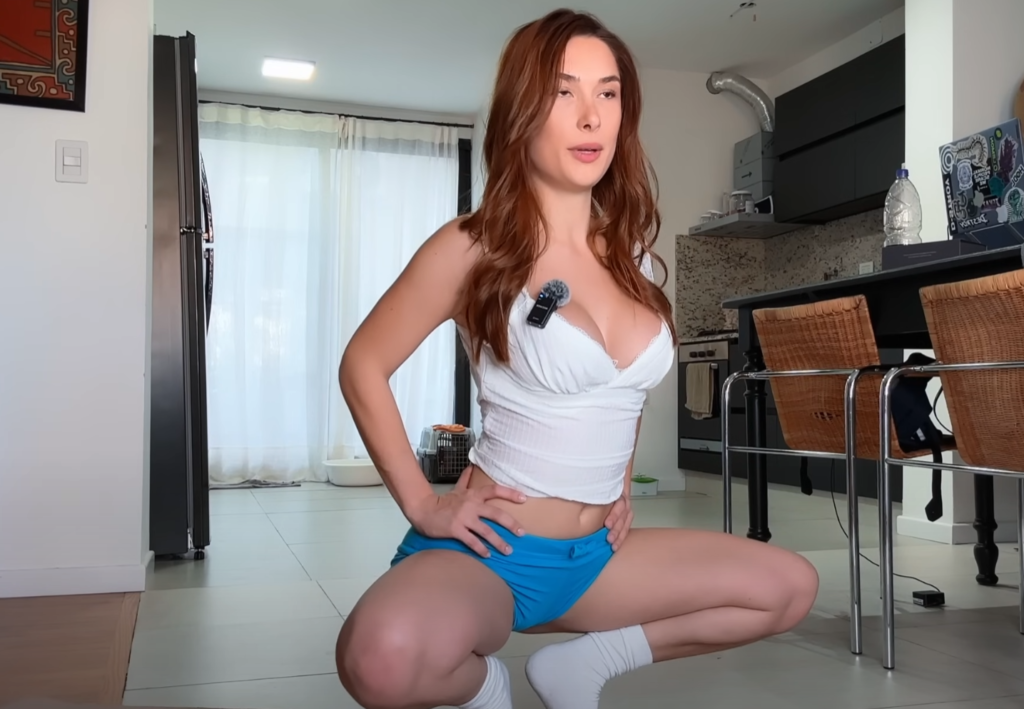
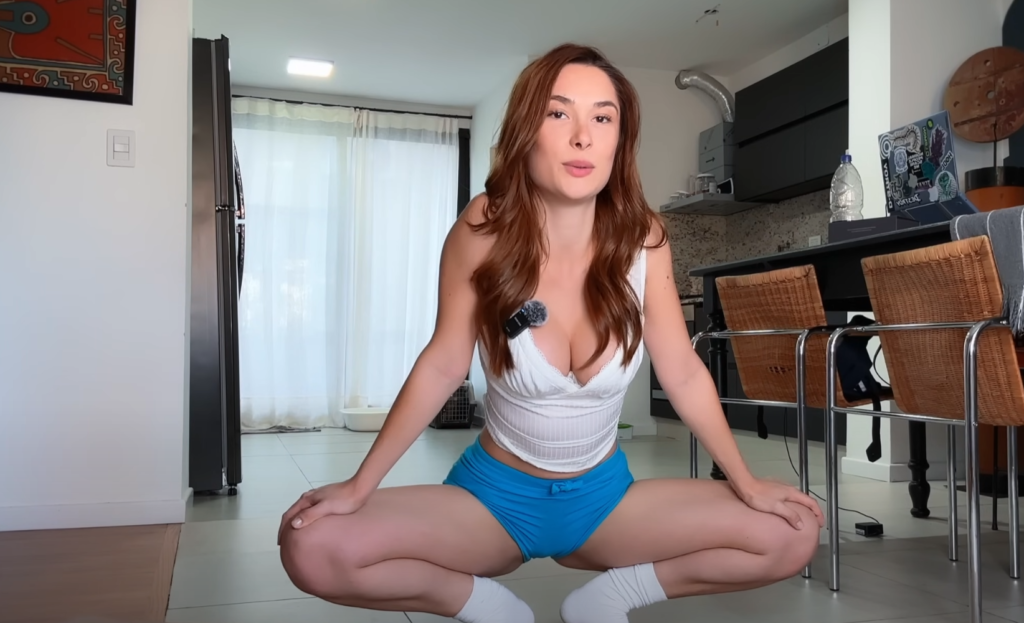
Yoga Poses for Lower Back Arch Flexibility
Several yoga poses specifically target the lower back, helping to improve flexibility and release stiffness. Here are some of the most effective ones:
- Cat-Cow Stretch (Marjaryasana-Bitilasana): This dynamic movement stretches and warms up the spine, promoting flexibility in the lower back.
- Sphinx Pose (Salamba Bhujangasana): A gentle backbend that strengthens the lower back while improving arch flexibility.
- Cobra Pose (Bhujangasana): Deepens spinal extension and increases strength and flexibility in the lumbar region.
- Upward-Facing Dog (Urdhva Mukha Svanasana): A powerful pose that stretches the entire spine, opening the lower back.
- Camel Pose (Ustrasana): A deeper backbend that enhances lower back flexibility and strengthens the core.
- Bridge Pose (Setu Bandhasana): A great posture for engaging the lower back, improving flexibility, and strengthening the glutes.
- Wheel Pose (Urdhva Dhanurasana): An advanced backbend that significantly increases lower back arch flexibility and strength.
- Child’s Pose (Balasana): A restorative pose that gently stretches the lower back, relieving tension.
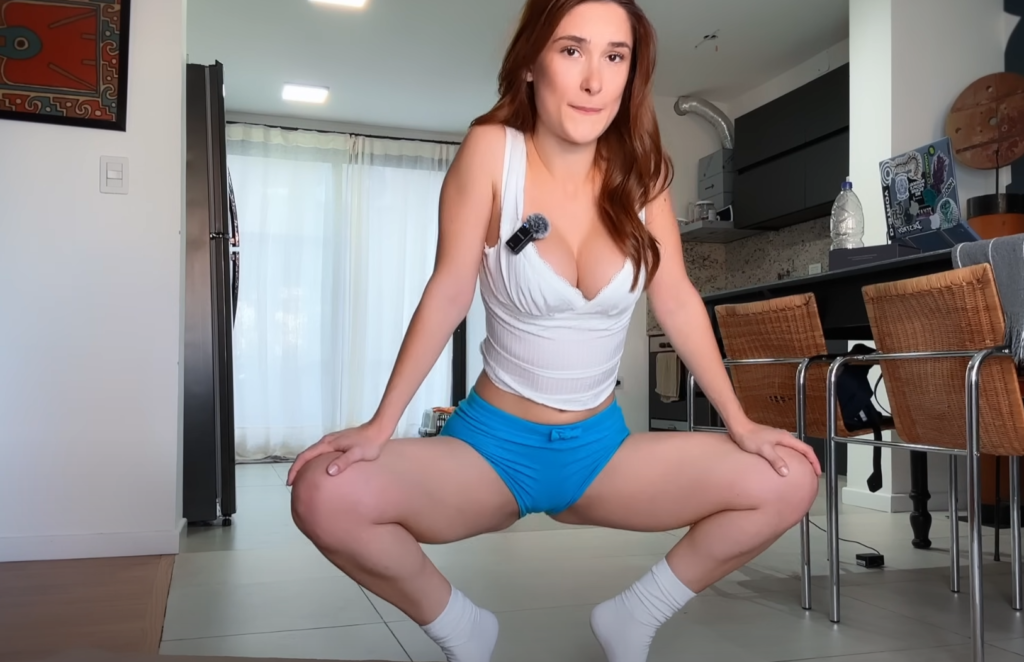
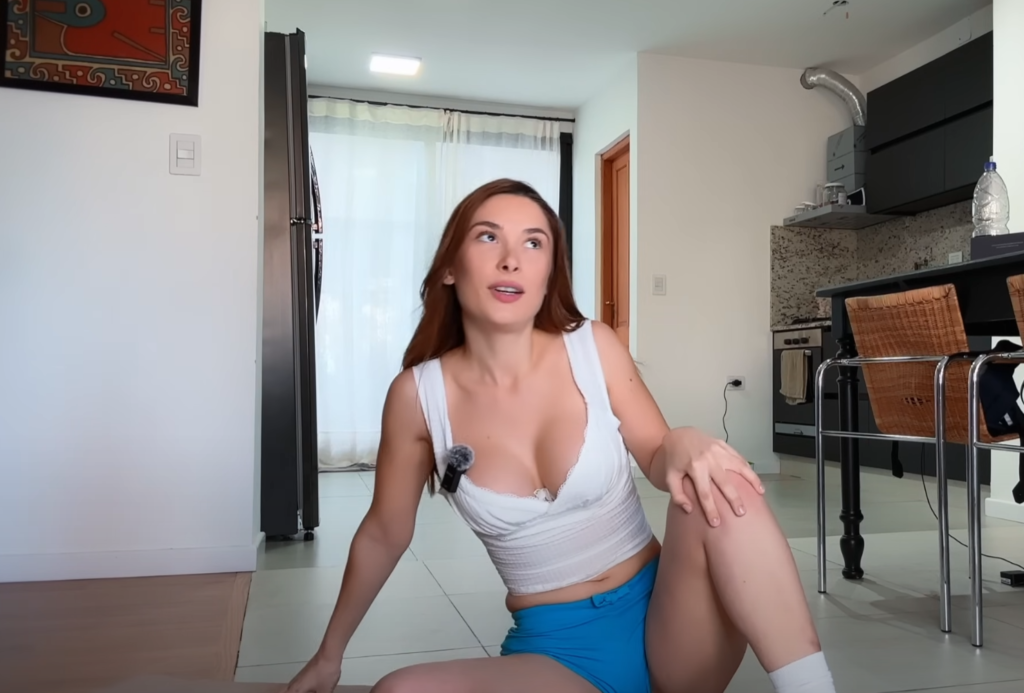
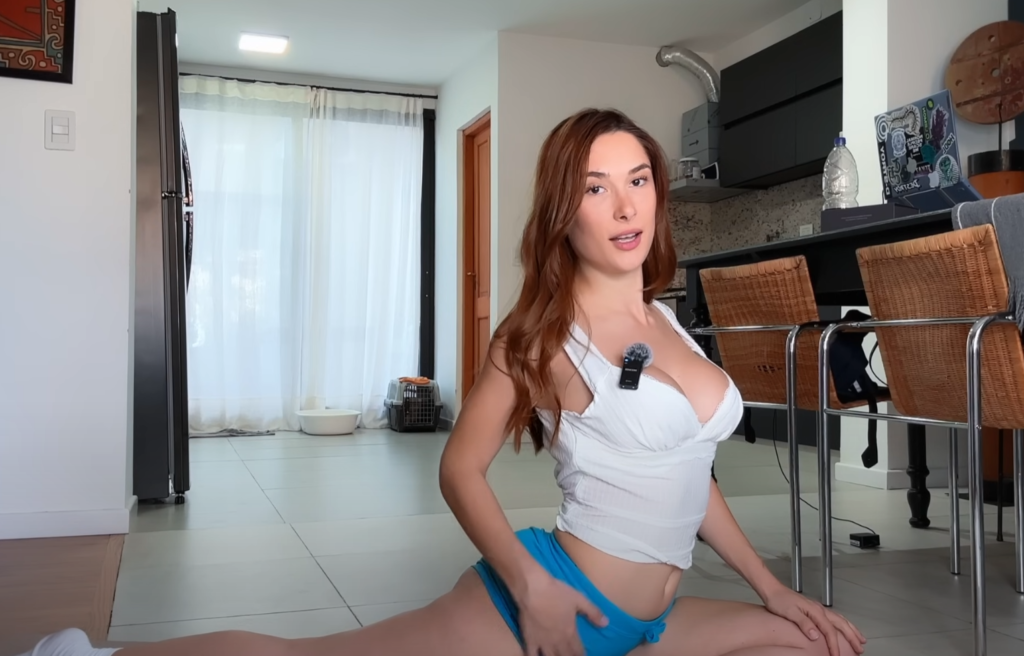
Yoga Flow for Lower Back Arch Flexibility
This yoga flow is designed to gradually improve lower back flexibility, increase mobility, and release tension. Practice this sequence consistently to see progress over time.
Warm-Up (5-10 minutes)
Begin with a gentle warm-up to prepare the spine for deeper movements:
- Cat-Cow Stretch (1 minute): Move between Cat and Cow pose, synchronizing breath with movement to warm up the spine.
- Seated Forward Fold (1 minute): Sit with legs extended, reaching forward to gently stretch the lower back.
- Supine Twist (30 seconds each side): Lie on your back, bringing knees to one side for a gentle spinal twist.
- Pelvic Tilts (1 minute): Lie on your back with knees bent, rocking the pelvis forward and back to mobilize the lower back.
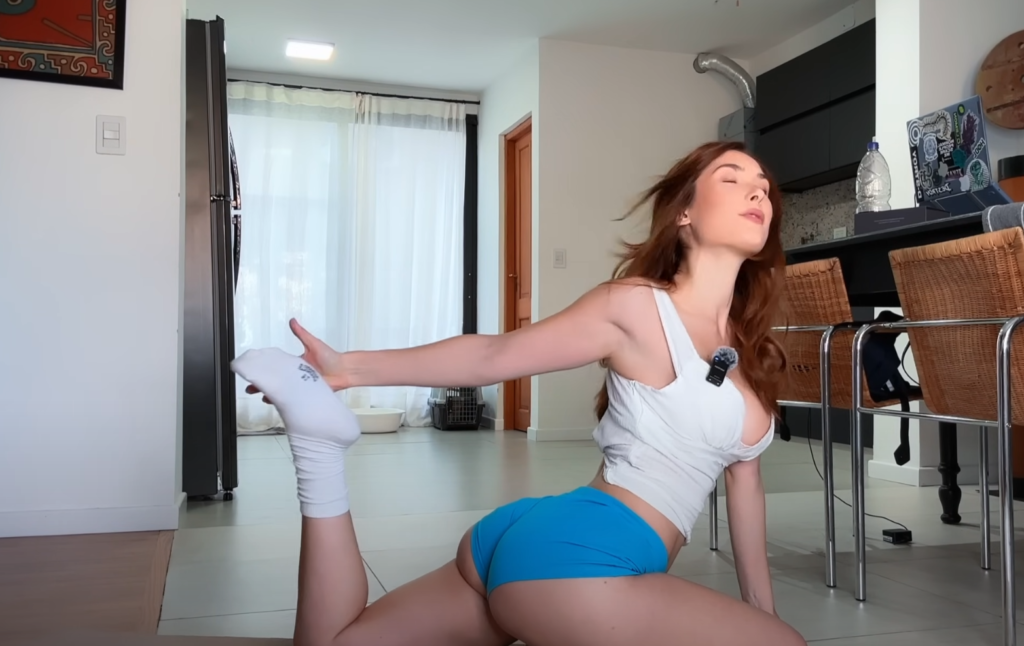

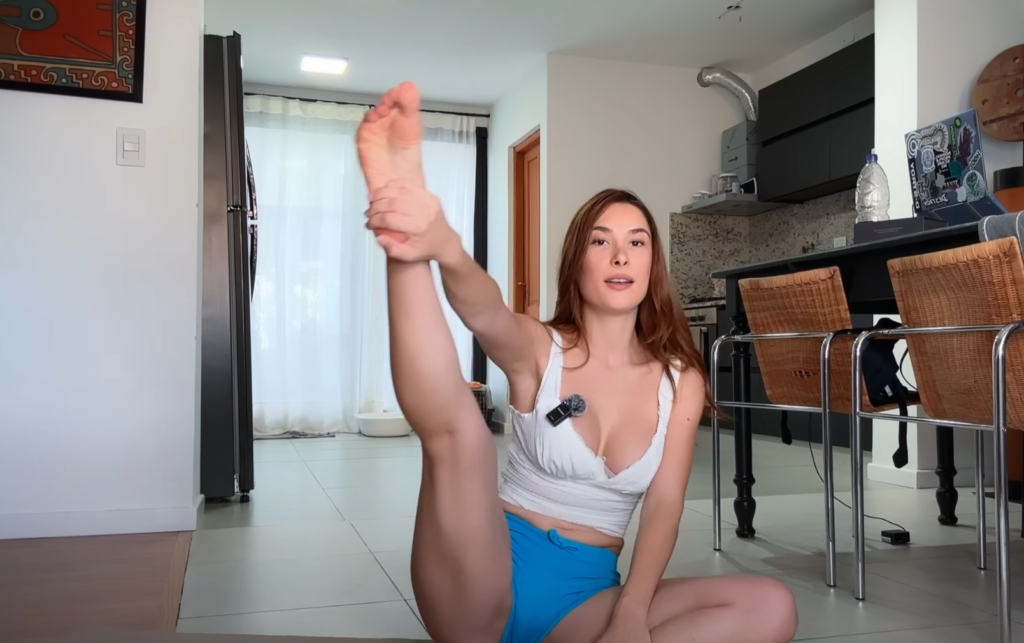
Main Flow (20-30 minutes)
This sequence focuses on gradually deepening lower back flexibility.
- Sphinx Pose (1 minute): Lie on your stomach, lifting the chest slightly while keeping the elbows under the shoulders.
- Cobra Pose (30 seconds): Press into the hands to lift the chest higher, engaging the lower back muscles.
- Upward-Facing Dog (30 seconds): Straighten the arms, lifting the thighs off the ground for a deeper arch.
- Child’s Pose (30 seconds): Rest and relax the lower back after the backbends.
- Bridge Pose (1 minute): Lie on your back, lifting the hips to open the lower back and engage the glutes.
- Camel Pose (30 seconds): Kneel and gently arch the back, placing hands on the heels for support.
- Wheel Pose (30 seconds – optional): If comfortable, press into the hands and feet to lift into a full backbend.
- Seated Forward Fold (1 minute): Counter the backbends by stretching the lower back and hamstrings.
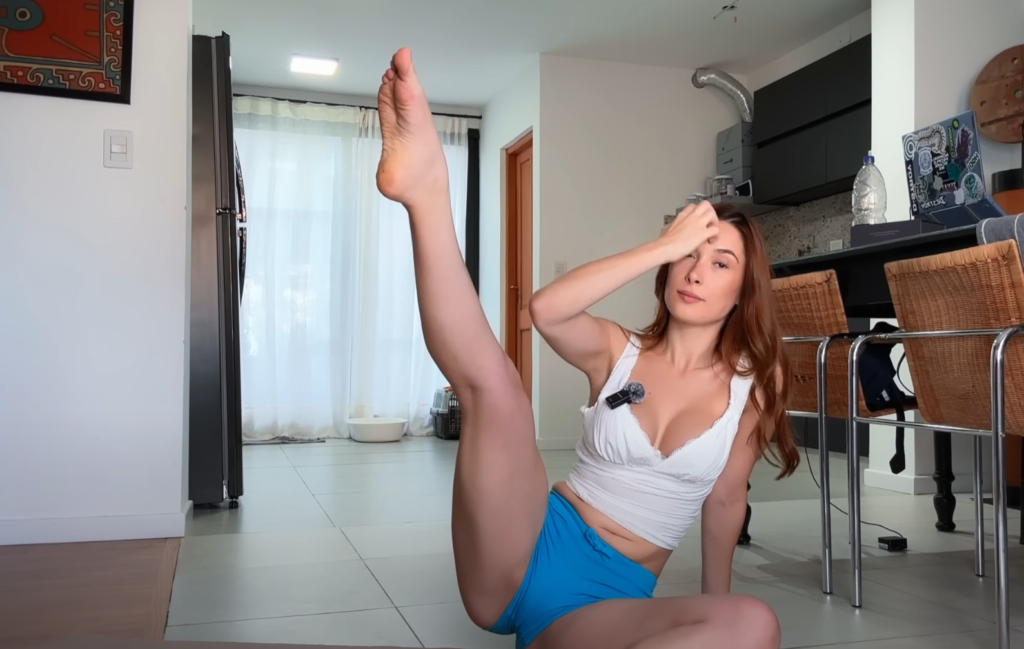
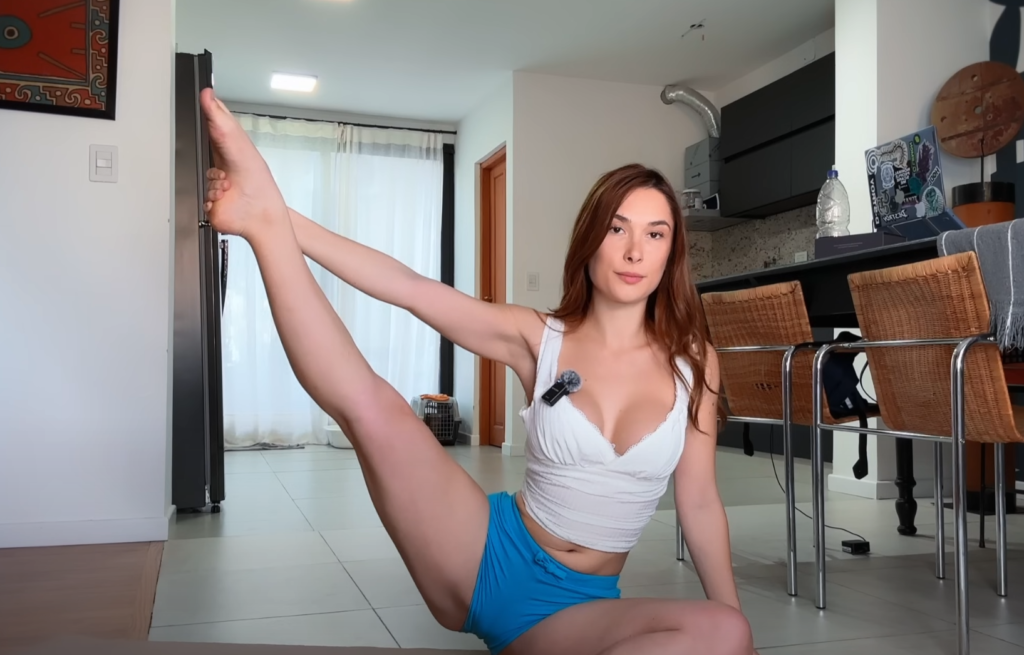
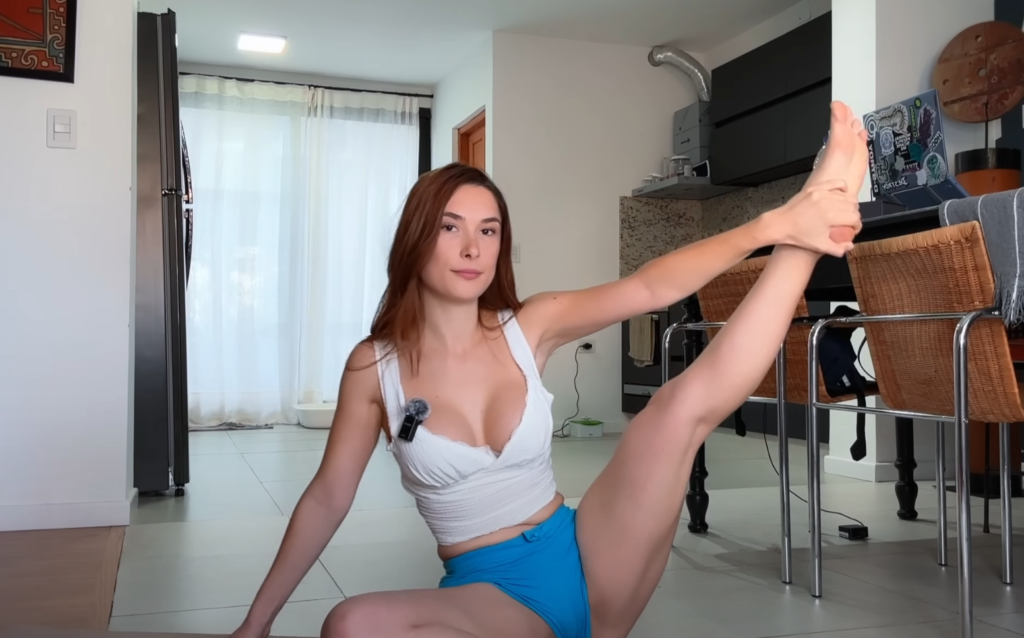
Cool Down (5-10 minutes)
Finish with gentle stretches and relaxation.
- Reclining Twist (30 seconds each side): Release tension in the lower back and spine.
- Happy Baby Pose (1 minute): Hold the feet while lying on the back, gently rocking side to side.
- Savasana (2-3 minutes): Rest in stillness, allowing the lower back to relax completely.

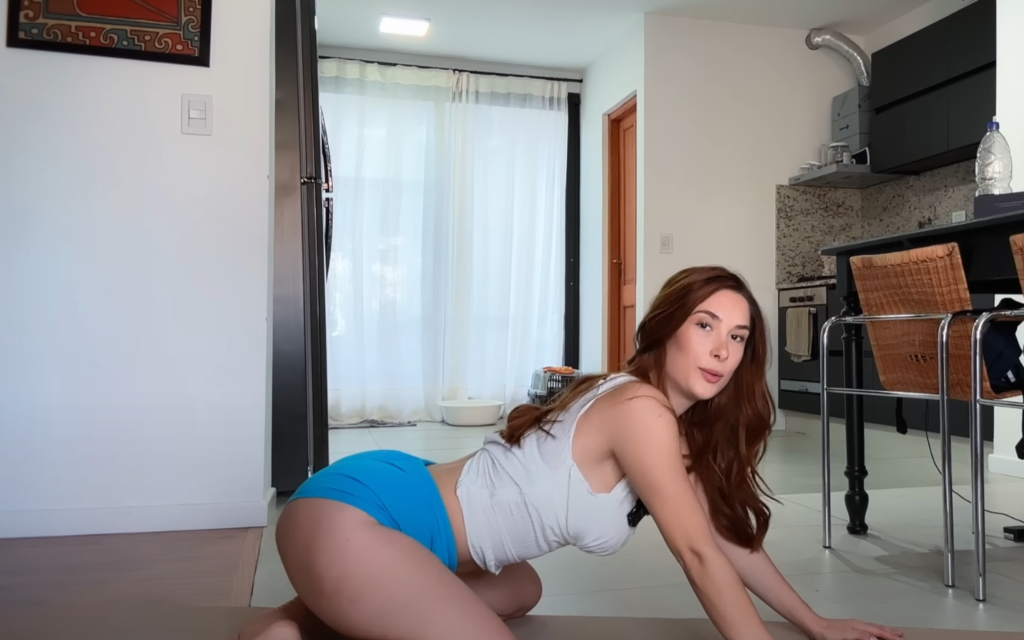

Tips for Safe Practice
- Listen to Your Body: Never push yourself into a deep backbend if it feels painful or uncomfortable.
- Engage Your Core: A strong core supports the lower back and prevents strain.
- Breathe Deeply: Use deep, steady breaths to ease into each pose and relax tension.
- Be Consistent: Practice regularly to see gradual improvements in flexibility and mobility.
- Modify as Needed: If a pose feels too intense, use props or adjust the position to suit your level.
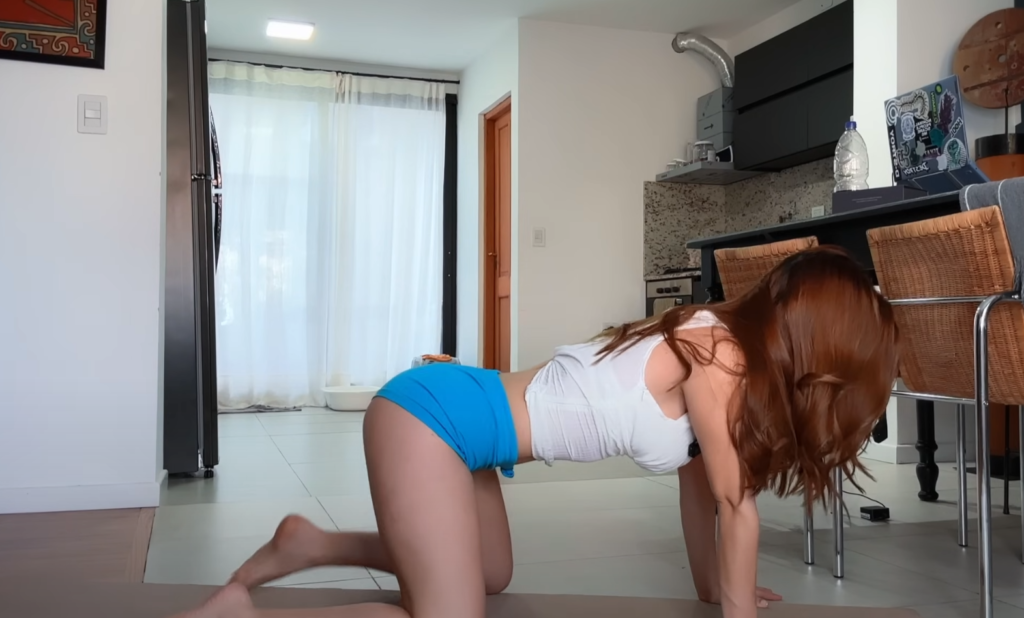
Conclusion
Lower back arch flexibility is vital for maintaining a healthy, mobile spine. Incorporating yoga into your routine can help release stiffness, enhance posture, and prevent pain. By practicing the suggested yoga flow consistently, you can cultivate greater spinal flexibility, strength, and overall well-being. Whether you are a beginner or an advanced practitioner, focusing on lower back flexibility will bring long-term benefits to your body and movement practice.
